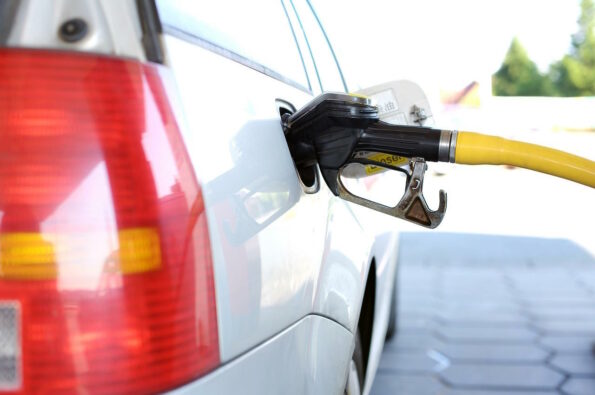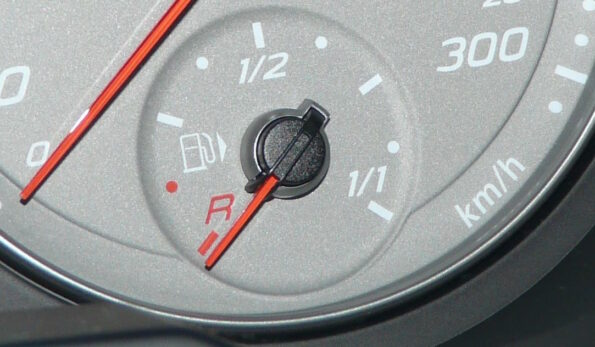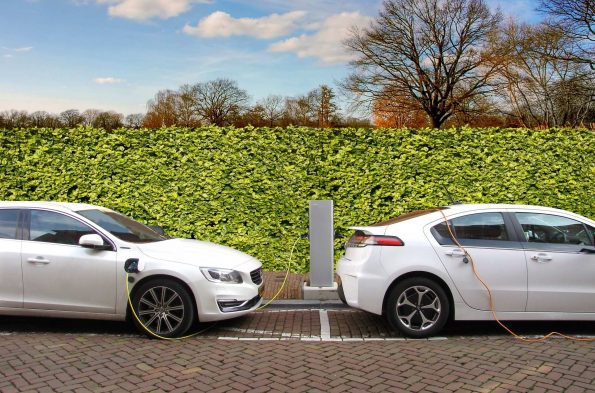If you’re a new driver, you might hear some conflicting stories about how and when to refuel your car.
The most important thing is that you refuel it before it runs out, especially if it’s diesel-powered (running a diesel engine out of fuel will cause air locks and that’s a fix that requires a mechanic.
It’s almost always better to fill or almost fill your car each time rather than just put 30 bucks in. There are two reasons:
- It’s a waste of your time to keep going back to the petrol station – all the time you spend waiting, paying, etc, adds up
- While you are waiting for a pump to come free, you use more fuel. Even if you didn’t have to wait, you had to either detour to the petrol station, slow down, stop, then get back up to speed; it’s a lot less efficient
- You can sometimes get better discounts if you buy more fuel. These come in the form of more points rather than money off the fuel itself.
Having said that, there are some hacks to optimise your points by only putting in $40 or $80 or whatever the breakpoint for each point is.
Petrol and diesel engines

There’s a simple process you can follow:
- Don’t let your vehicle get below 1/4 full. This way, if you are caught out somewhere with no fuel stations, you still have at least 100km in the tank to reach the closest one. It’s no fun trying to get to the next petrol station that is 8km away when your trip computer says 10km (yes, we made it, just).
- Look at your fuel gauge to see what side you refuel from. Almost all modern cars have a small arrow on the fuel gauge that tells you which side to refuel.
- Try to use fuel stations that allow you to accumulate points or some kind of discount. While it’s not much, being loyal to one particular one usually gives you a slightly better deal than just using random ones.
- Always use the recommended fuel for your vehicle.
- Turn off the vehicle’s engine, open the fuel flap and unscrew the cap. Often, the cap will be on a tether to the car so that you don’t forget it, but not on older vehicles (or if the tether has broken)
- Make sure you choose the correct pump. Diesel pumps usually have some additional thing to do before you can release the pump; putting diesel in a petrol engine is an expensive fix.
- If the pump is a pre-pay pump, enter your details and ensure that any loyalty points are applied (follow the instructions)
- Fill the vehicle until the pump automatically shuts off. Then give it one more squeeze to make sure the pump didn’t stop prematurely.
- Don’t get back into your vehicle and then get back out again. This causes a risk of static sparks which have ignited petrol fumes before.
- Don’t over-fill the tank
- Put the pump nozzle back into the fuel bowser; it’s important to ensure you do this as you’ll probably have seen pictures of videos of people dragging a petrol pump nozzle behind them.
- Push the ‘receipt’ button if you want a receipt.
- Ensure you replace the fuel cap and close the flap.
- Pay for your fuel if it wasn’t on pre-pay; it’s advisable to lock your car while doing this
- Get back in the car and start the engine.
- Check that the fuel gauge goes to full.
- Drive away, checking your blind spots for other vehicles exiting at the same time as you.

Electric vehicles

An EV’s range is more variable than a petrol or diesel car’s range. You can use techniques to improve your car’s battery range if you do get caught out with no charging station nearby. With an EV, it’s usually best to keep the battery topped up by charging at home. This will give you the cheapest electricity.
Driving an EV is different from driving a car with an internal combustion engine. It’s important you get some electric vehicle training.
If you need to use a charging station, follow these guidelines:
- Know what type of charging connection you need, and where the charging flap is located on your vehicle.
- Check using an app that the station you’re going to has the right charger
- Check using an app that the station you’re going to has an available charger
- Try to avoid charging at busy times otherwise you may have to wait a while
- Pay at the pay station or charger
- Follow the manufacturer’s recommendations for charging
- Don’t leave your vehicle for any longer than it takes to charge (i.e. your car should not be sitting connected to the charger when it is not charging.
- Disconnect the cable and close the charging flap.
- Drive away, checking your blind spots for other vehicles exiting at the same time as you.
